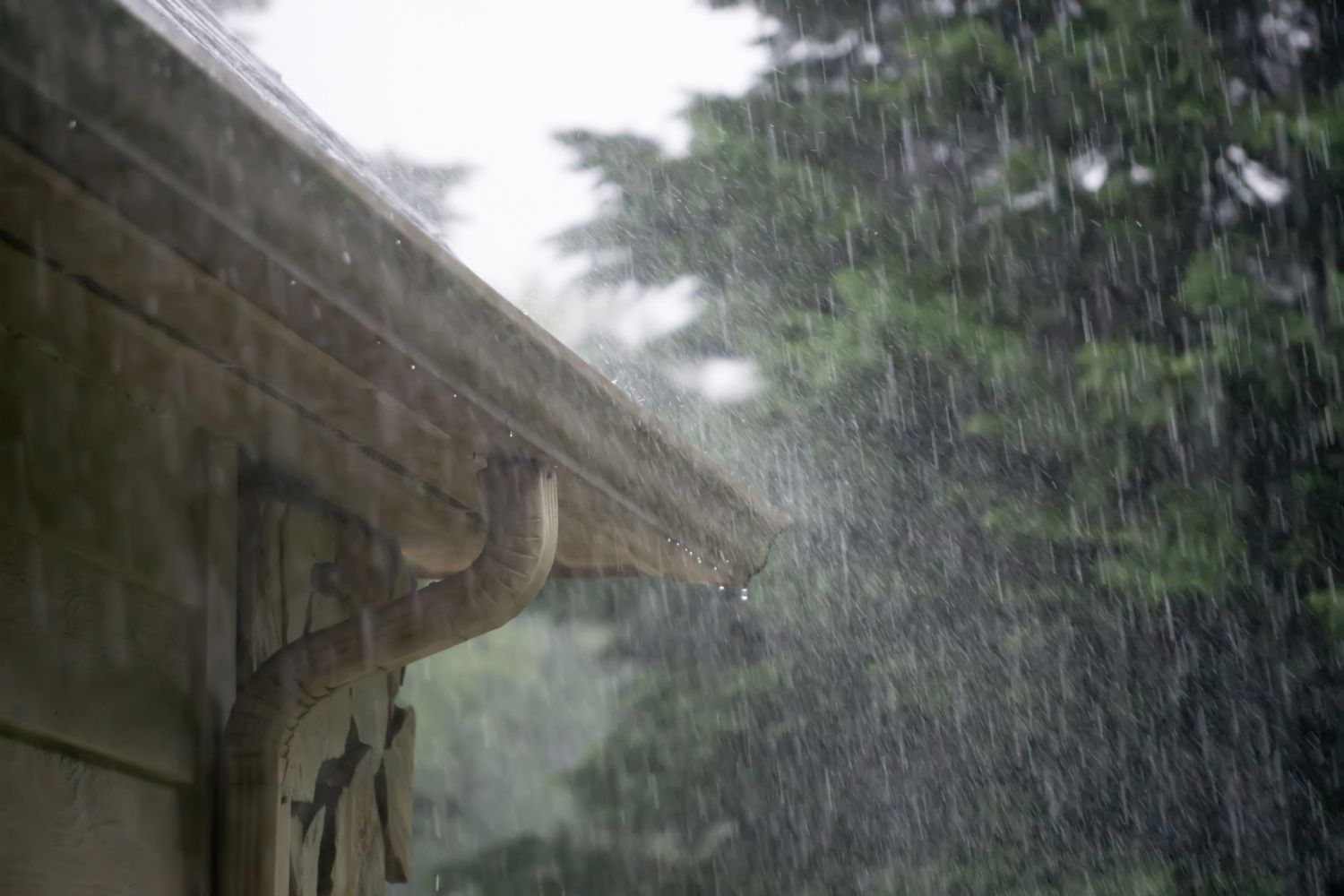
It’s National Emergency Preparedness Week, and there are
many ways homeowners can prepare themselves, their properties and their
families in case of an emergency. Here in the Kansas City region, some of the
more common types of emergencies include flooding, severe storms and tornadoes.
In all three of these emergency scenarios, the first step of
a preparation plan should involve getting plugged in to a weather emergency
information outlet. This could mean downloading a weather alert app, following
the National Weather Service, local news or emergency management agency on
social media, or purchasing a NOAA weather radio, which could be a reliable
alternative if internet and cellular service were to be disconnected in an
emergency.
Flooding. To prepare for a flooding emergency,
homeowners should consider purchasing a flood insurance policy or make sure
their policy is up to date. Keep in mind that it can take up to 30 days for a
policy to go into effect. Homeowners can also take precautions by keeping their
important documents in a waterproof container and create password-protected
digital copies. They can also consider keeping their valuables on higher levels
of their home, installing check valves or purchasing battery-operated sump
pumps.
Severe storms. To help protect their homes from
lightning-related damage, homeowners can consider cutting or trimming trees
that may be in danger of falling on their home during a storm. Putting surge protectors,
lightning rods or a lightning protection system into place can also help
protect appliances and electronic devices. In the winter, severe storms could
mean staying home for several days. Be sure to gather necessary supplies,
keeping specific needs in mind, like medications or pet supplies. Have extra
batteries for radios and flashlights on hand.
Tornados. To prepare for a tornado, homeowners should
identify a space in their home where they can take shelter. This should be on
the lowest level of the home in an interior room without windows. Be sure to
communicate a shelter plan with all family members living in the home. Take the
time in advance to learn the terminology meteorologists might use in a tornado.
For example, a tornado watch means weather conditions could evolve into a
tornado, whereas a tornado warning means a tornado has been spotted.
For more information on emergency preparation check out
resources like ready.gov or the National Weather Service.





